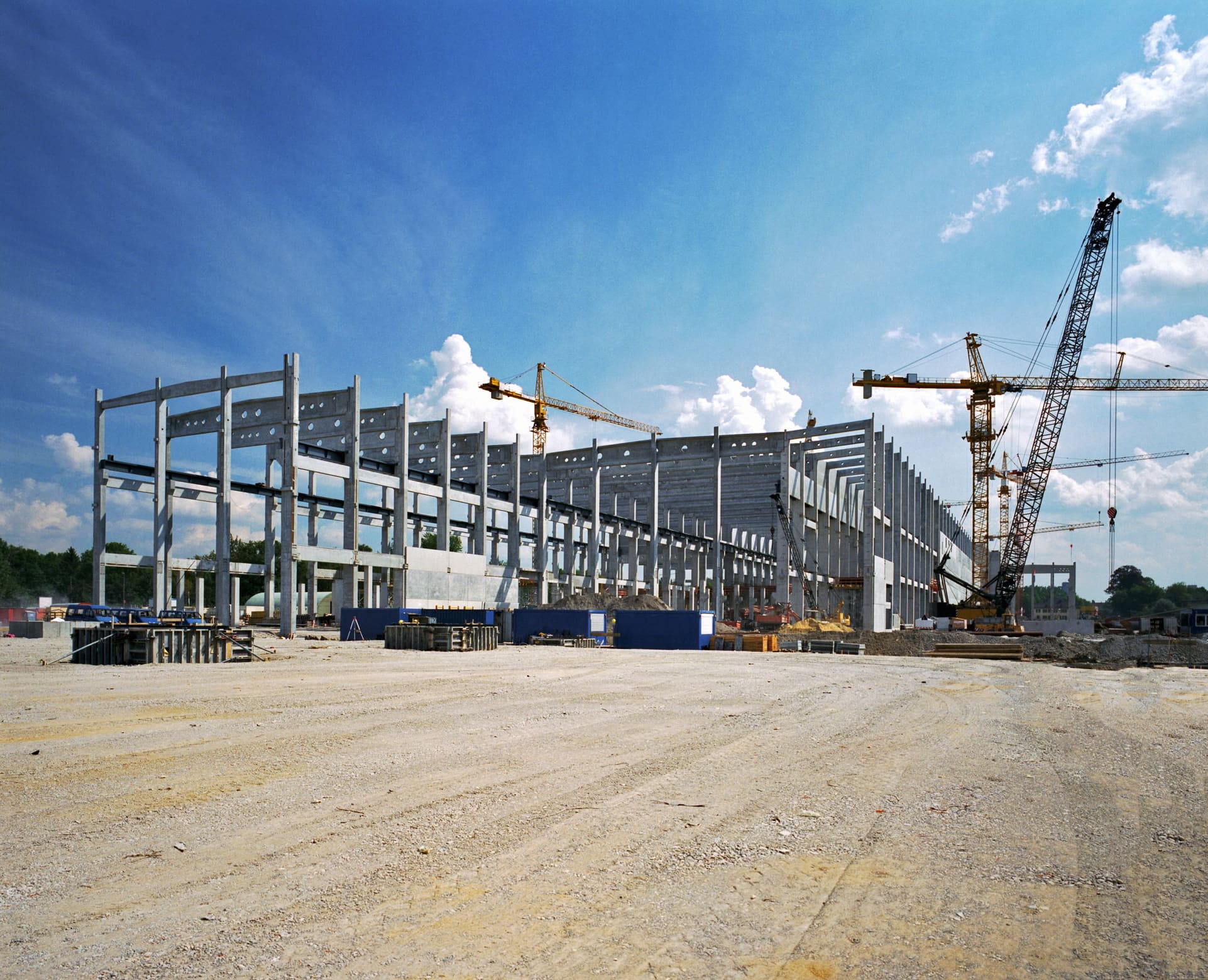High interest rates, supply chain problems and recessionary fears were among the major challenges for the global automotive industry in 2022.
Those issues aren’t expected to be resolved quickly next year, or at all, and there’s growing concern that this year’s supply shortages could quickly turn into a “demand destruction” scenario, which Wall Street has been watching for signs of as of late this year, just as production is ramping back up.
related investing news
“There is active demand destruction in the industry, given inflation, interest rates, and energy costs − but so far, this has mostly impacted the backlog,” Bernstein analyst Daniel Roeska wrote in an investor note earlier this month.
As vehicle production ramps back up, Roeska wrote that markets early next year will be looking to understand where, when and how much pain automakers will feel.
Auto sales could still rise
Unlike traditional downturns or past periods when demand was soft, most analysts expect global and U.S. auto sales to rise in 2023. That’s mostly because auto sales were already at- or near-recessionary levels in the U.S. and other parts of the world since the onset of the COVID-19 pandemic in early 2020.
The pandemic disrupted manufacturing and supply chains around the world, forcing automakers to cut production way back. The resulting shortage of new cars, trucks, and SUVs meant that automakers and dealers demanded – and got – much higher prices for the vehicles they were able to deliver.
“New vehicle supply is finally improving but the industry is swapping a supply problem with a demand problem and that doesn’t bode well for revenues and profits in the year ahead,” Cox chief economist Jonathan Smoke said in a recent video.
Cox Automotive is forecasting U.S. new vehicle sales of 14.1 million in 2023, which Charlie Chesbrough, Cox’s senior economist and senior director of industry insights, described as “tepidly optimistic.”
Analysts expect this year’s U.S. auto sales to total about 13.7 million. U.S. sales were 15.1 million in 2021 and 14.6 million in 2020.
S&P Global Mobility expects new vehicle sales globally to reach nearly 83.6 million units in 2023, a 5.6% increase from the previous year. In the U.S., the data and consulting firm expects sales will be up by 7%, to about 14.8 million units in 2023.
Chesbrough noted that the expected increase comes as many lower-income and subprime borrowers, who would typically leave the new vehicle segment during a recession, have already done so because of low inventories and record-high prices.
But fat profits may be at risk
Those sales increases will likely come at the expense of the unprecedented pricing power and profits automakers have enjoyed on new vehicles over the last couple of years.
“Ongoing supply chain challenges and recessionary fears will result in a cautious build-back for the market. US consumers are hunkering down, and recovery towards pre-pandemic vehicle demand levels feels like a hard sell. Inventory and incentive activity will be key barometers to gauge potential demand destruction,” said Chris Hopson, manager of North American light vehicle sales forecast at S&P Global Mobility, in a statement.
Put another way, will higher interest rates, growing recession fears, and too much inventory force automakers to cut prices − and give up profits − to draw potential buyers to showrooms?
That would be good news for consumers, who have been facing record-high prices this year on new vehicles. But if so, it’ll come at a cost to automakers − and possibly their shareholders.


